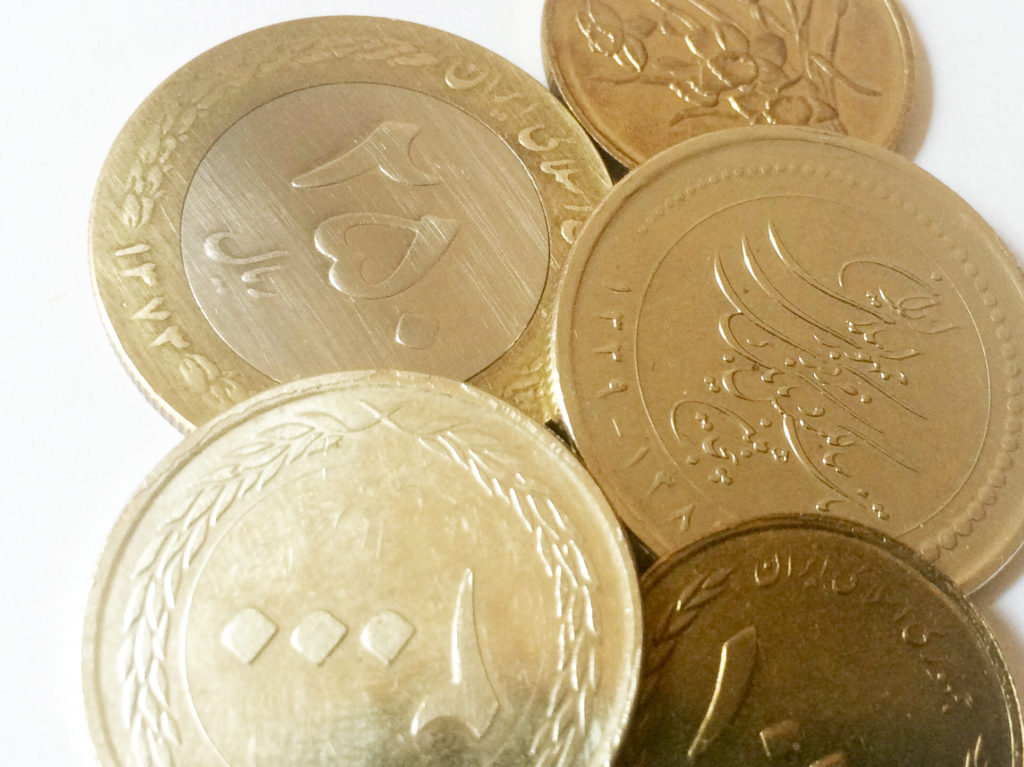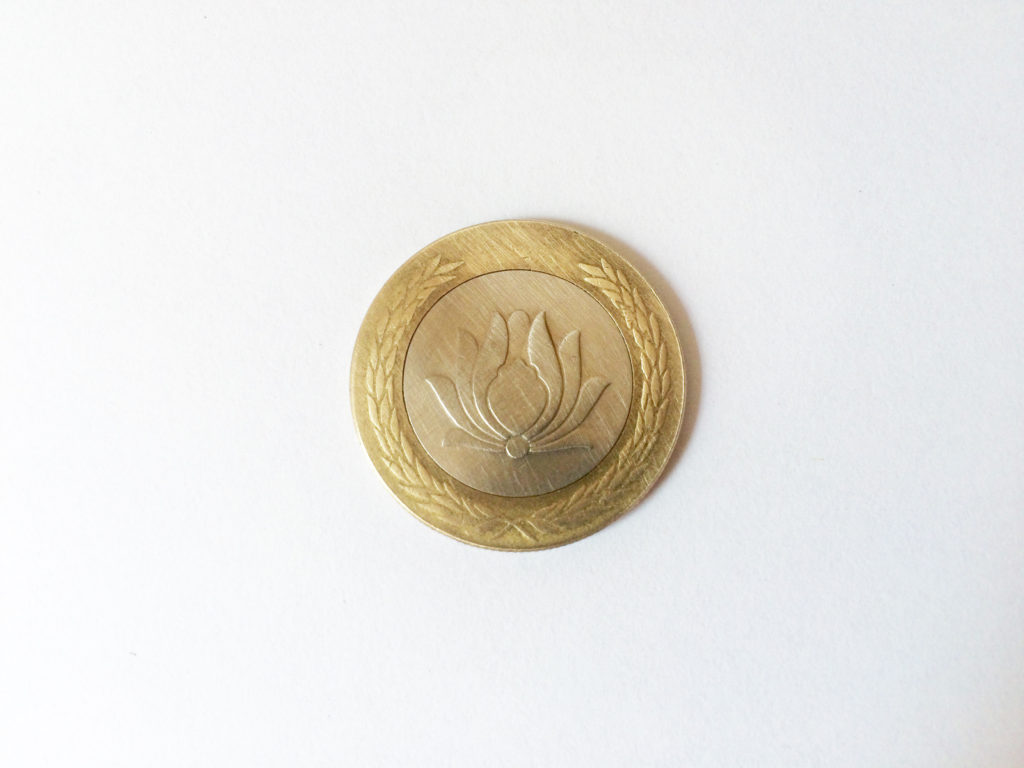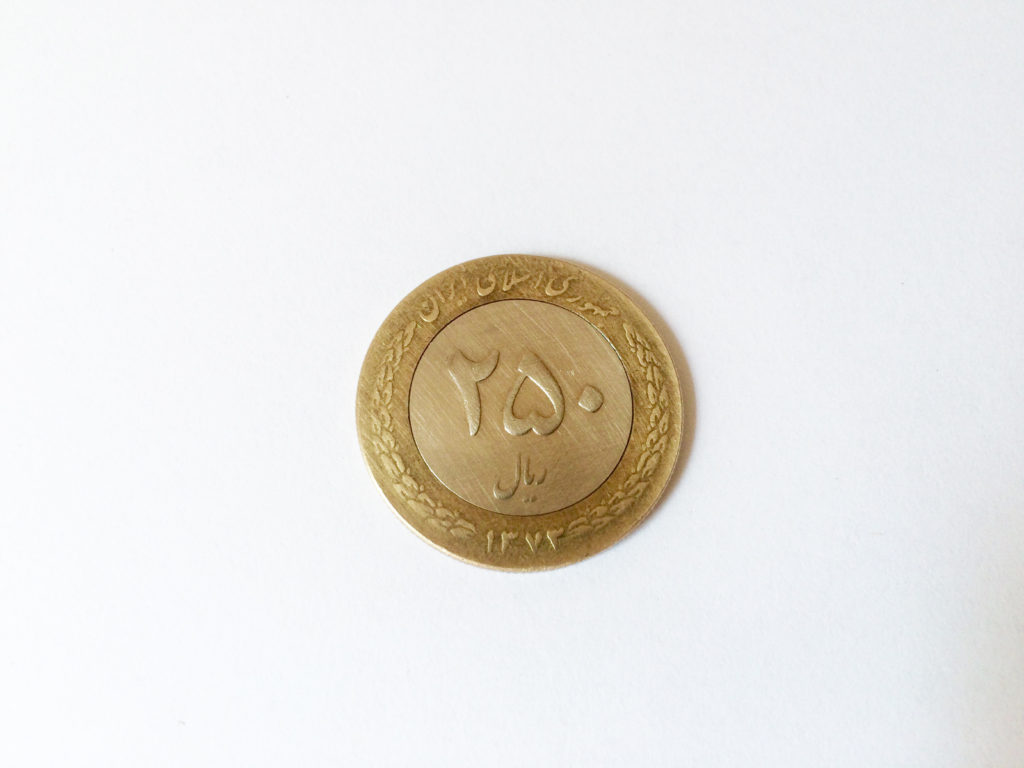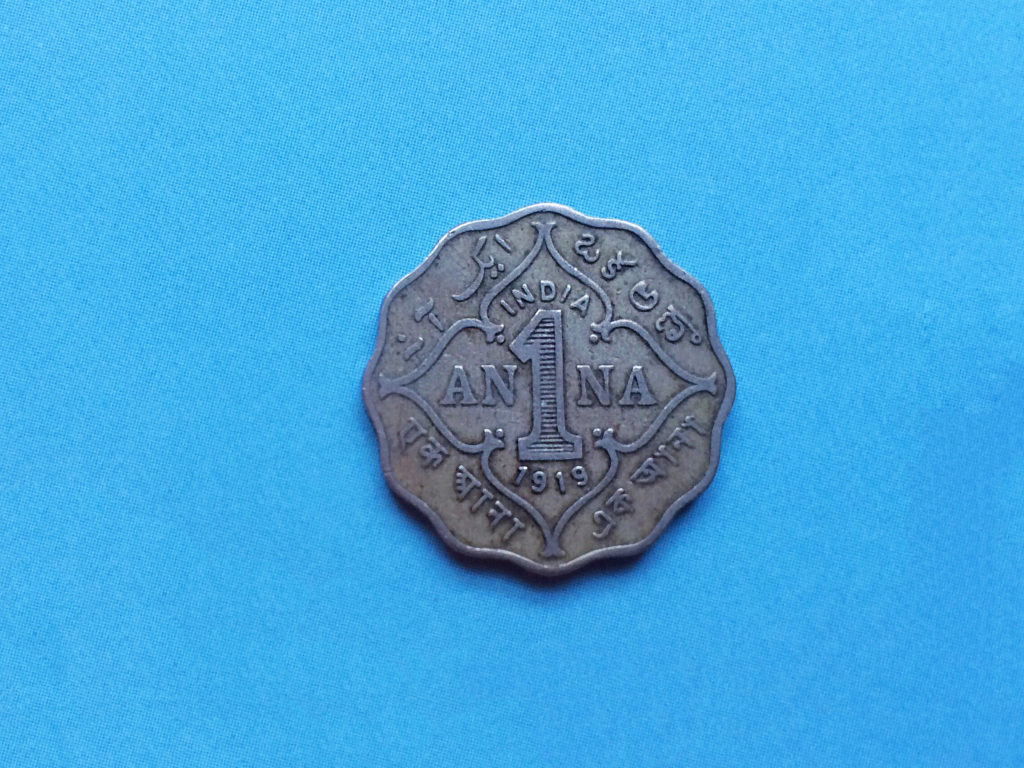To many people, the sentence “here is your change” followed by a clenched hand extending out towards them results in an inner groan. They know that hand is about to offer them coins, an object often perceived as an inconvenience—and in the case of coins with lower value, a nuisance. Coins are frequently taken out of circulation by people who keep them simply because they cannot be bothered to count, calculate, and spend them. I have memories of my parents coming home and discarding loose change on the coffee table, not wanting to carry the jingling weight in a pocket or purse the next day. Yet the same people were the cause of my appreciation for coins. More specifically, Iranian coins.
I did not grow up in the country I was born in, and my allowance came in the form of dollars as opposed to rials. It was only through the celebration of the Persian new year and familial traditions that I received Iranian coins from my parents, and it was delightful. These coins were different from what I—and more importantly, everyone else—possessed, and so I would show off publicly parade them around. I imagine that many misfortunate, unsuspecting victims suddenly found themselves on the receiving end of an animated presentation of foreign coins by a small and chatty human being. But now, many years later, I am grateful to have a platform to do this properly. One of my personal favorites from my collection was always the 250 rial coin, and for this post I will briefly discuss why.
First minted in 1992, the 250 rial is rather modern. It is bi-metallic, with a copper-nickel center circled by a brass ring. The edges of both sides of the coin are adorned with the well-known emblem of peace, olive wreaths. On the reverse side, the olive wreaths encircle an abstract pomegranate flower. Pomegranates are a national symbol in Iran and considered to be one of two heavenly fruits, along with the apple. Frequently mentioned in Persian poetry and literature, pomegranates signify fertility, love, and life.
On the obverse side, the olive wreaths connect the manufacture year at the bottom, and an inscription at the top that reads Jomhuri’e Eslami’e Iran (Islamic Republic of Iran). The flower is exchanged for the numeric value of the coin (250) in Eastern Arabic numerals, followed by the currency. Everything on this side of the coin is inscribed using the Arabic script; yet even for those that can not read the script, there are other signs of this coin being unmistakably Iranian. Of these, the most obvious indicator is the Persian number five—many friends of mine have been quick to point out that it resembles an upside down heart (among other things… the human imagination is an amazing thing).
Another important identification factor is the calligraphic style used on the coin. There are many different styles that are used to write the Arabic script. Factors like cultural background and necessity have contributed to the development of these styles. In Iran, the dominant style of calligraphy is Nastaliq, and it appears on widely different objects—birth certificates, stamps, school books, coins, gravestones, etc. It is the favored style and many a time has been referred to as the “fruit of Iranian taste.” All modern coins in Iran are denominated with Nastaliq, and only two other styles have been used to ornate the reverse sides: Shekasteh Nastaliq (the cursive variant) and simplified Naskh.
Nastaliq is also used on the coins of India and Pakistan, but it differs in that it has an Urdu flavor. The spacing is more generous, diacritical dots are placed closer to the base letterforms, and the proportions of the letters are different. An example of this can be seen below in the 1 Anna coin. Here the Urdu inscription can be seen beside its Telugu, Bengali, and Devanagari equivalents.
Modern day Iranian coins vary widely in display. The 250 rial coin alone has four different variations, though sadly the one shown here is now out of circulation.
By way of conclusion, for those of you wondering, the loose change situation in our house was resolved by picking up an ISCC (Mahak) Piggy Bank. Mahak is a Tehran-based charity dedicated to helping children with cancer, and it made us all feel a lot better about receiving loose change. You can probably find a similar solution in your country as well.
This post is part of My 2¢, a short series on money-related type and lettering examples, stories and thoughts. You can read the rest of the series here.



